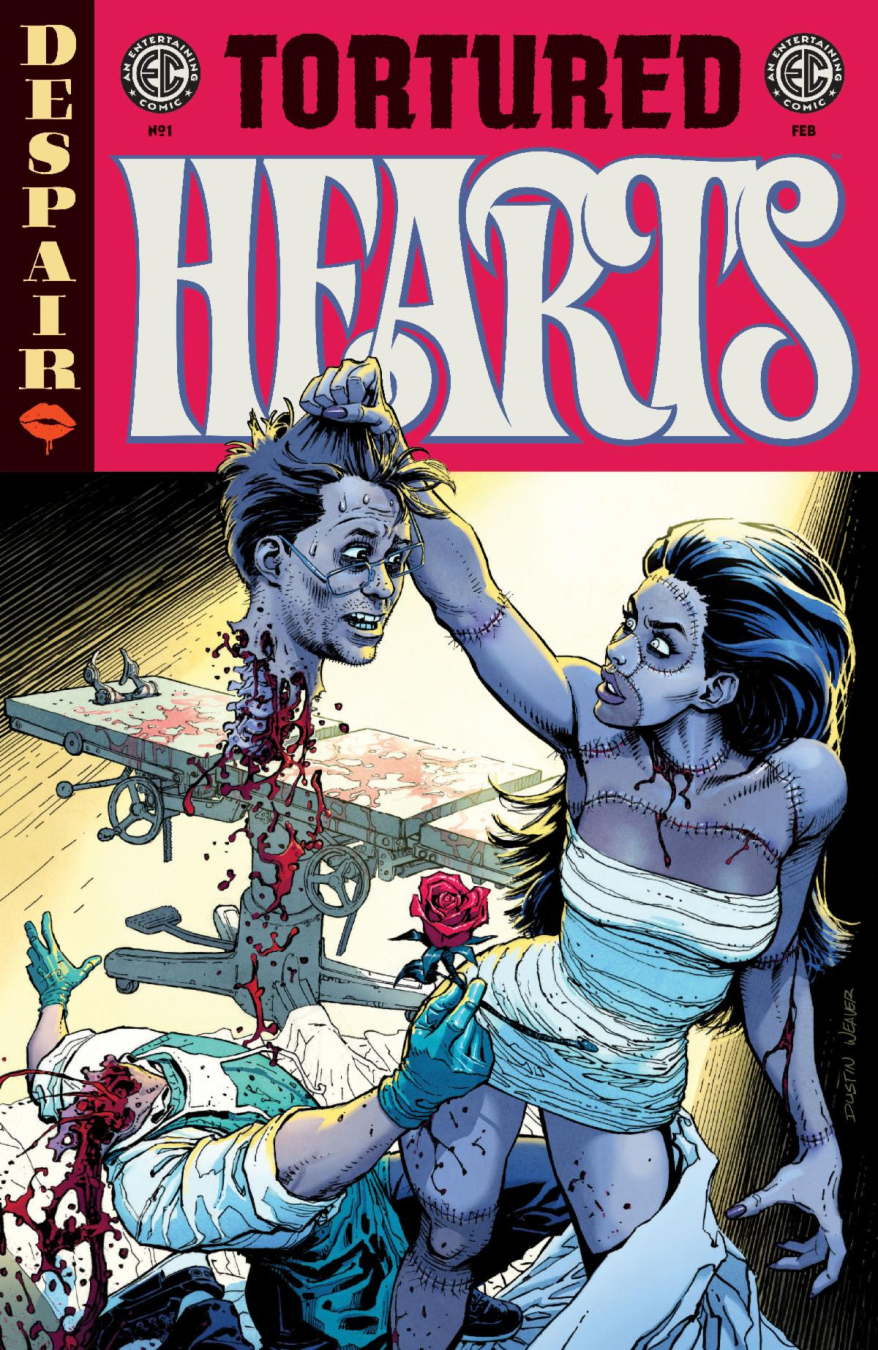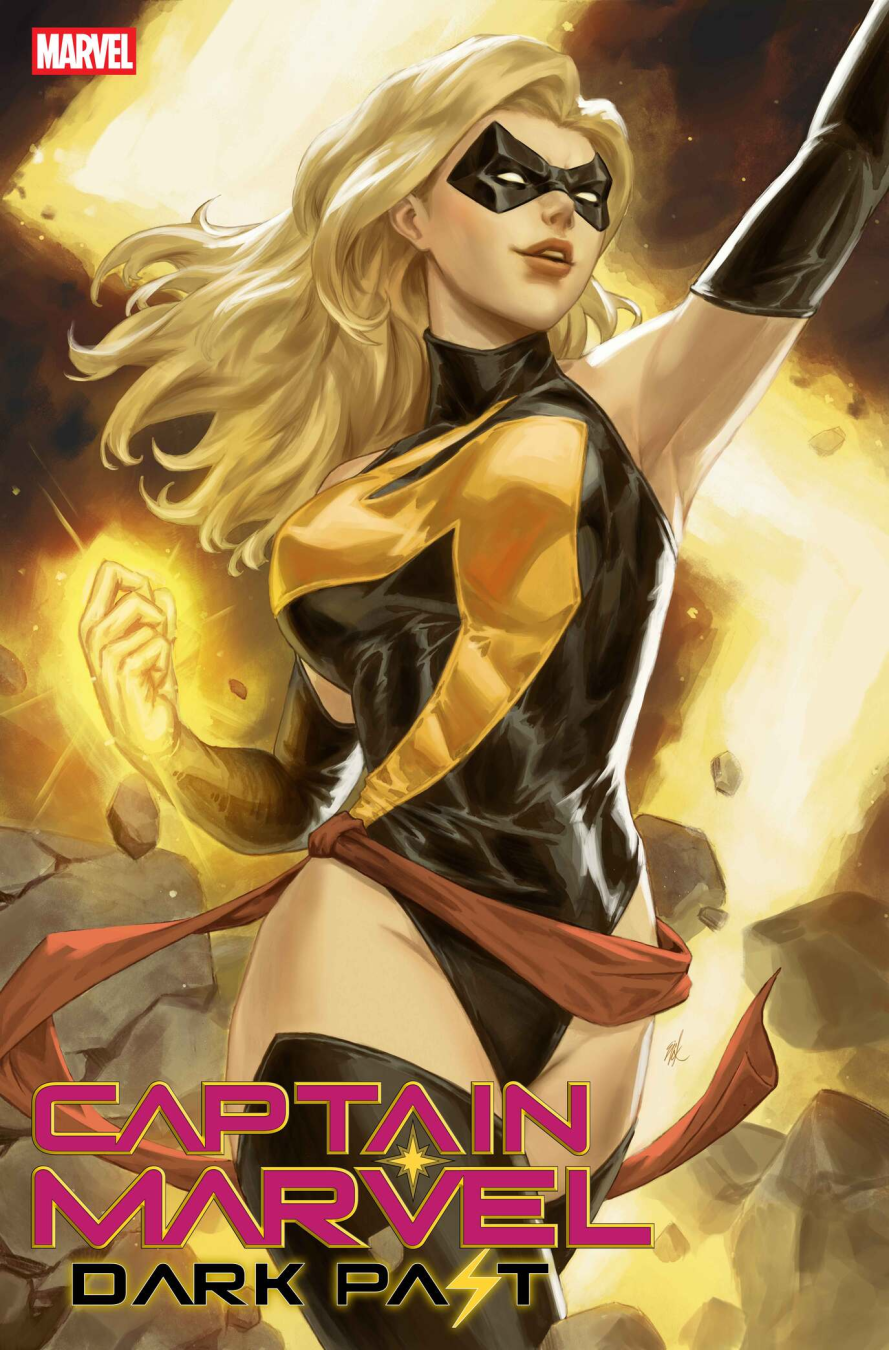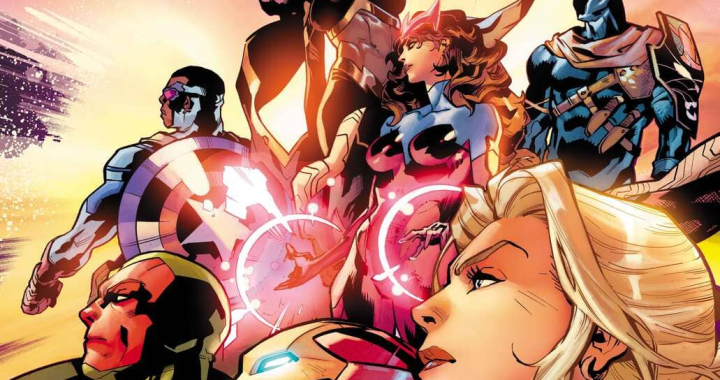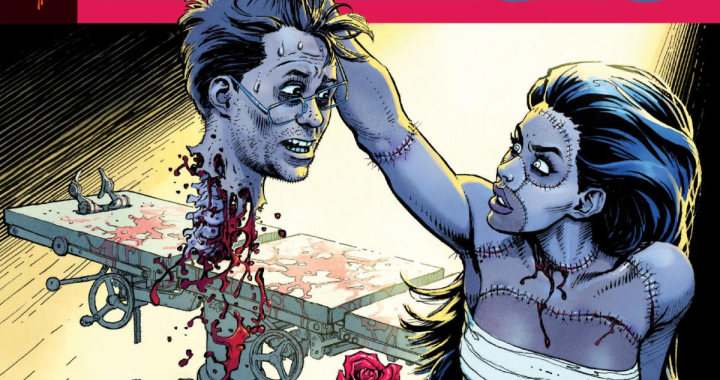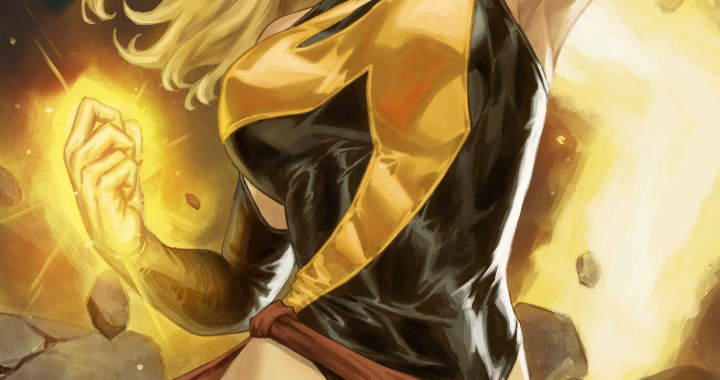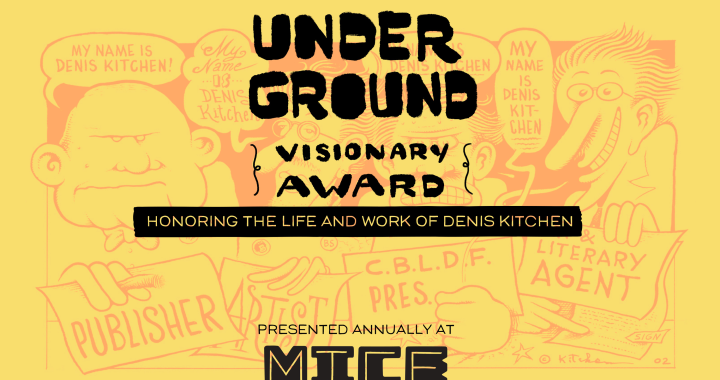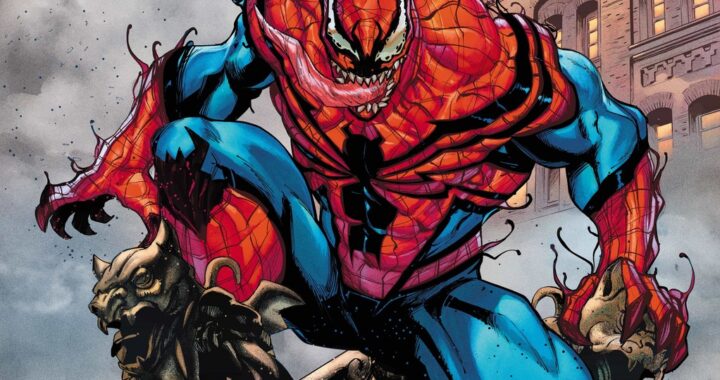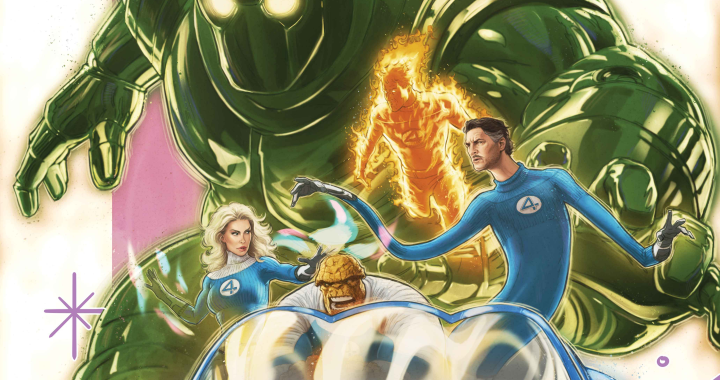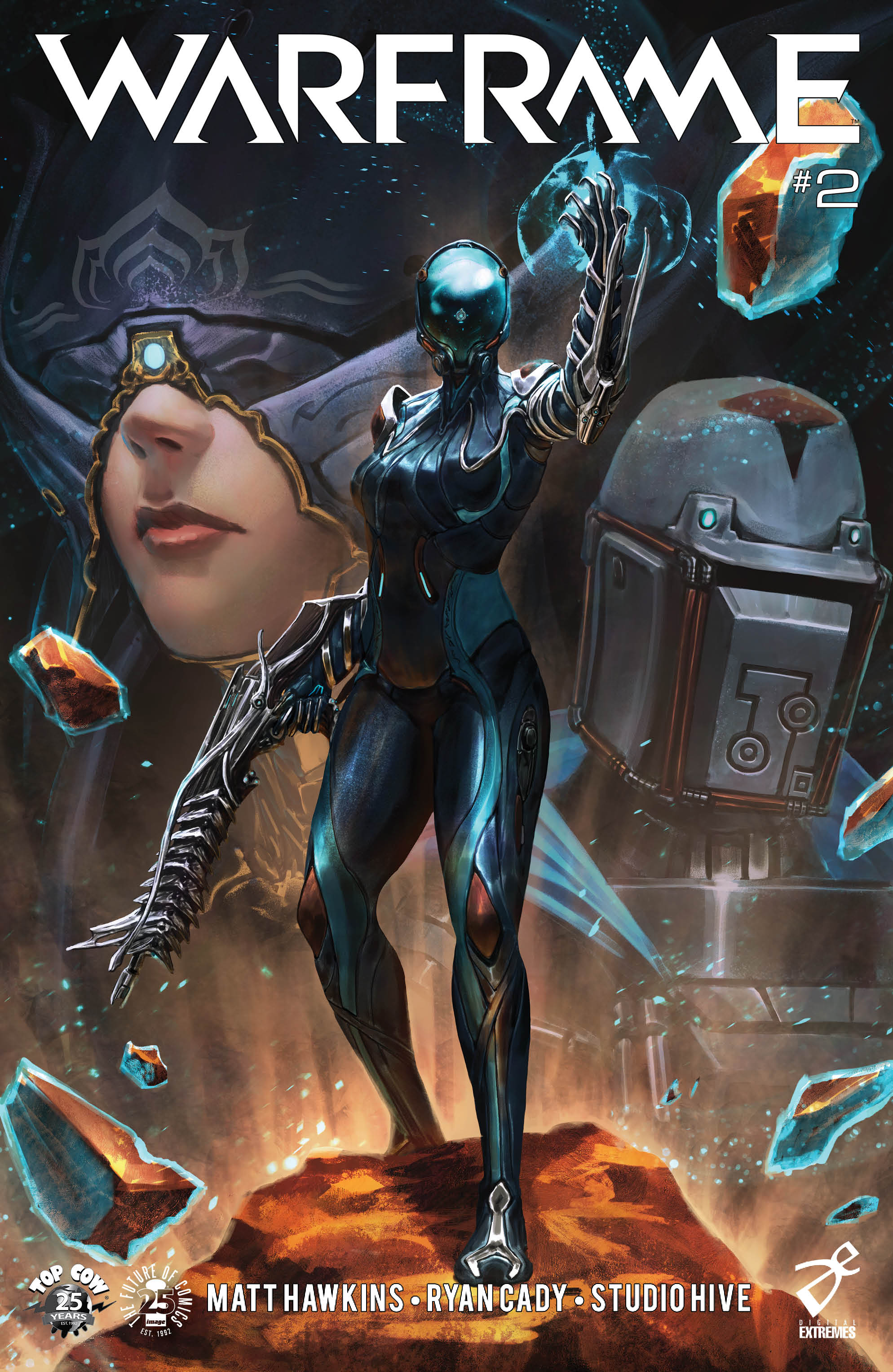
REVIEW: WARFRAME #2
 Microtransactions – What do they have to do with comics? Not much, but the gaming community is in an uproar about them, and rightfully so. One game that was recently smeared on the internet for misleading players to push them towards the dreaded microtransaction is Destiny 2, and spending hours of my life playing the game, I had to find an alternative after putting it down. Then I started seeing the word “Warframe”“ pop up here and there, especially from the Destiny 2 player base who were looking for another game to play with the same spacey goodness.
Microtransactions – What do they have to do with comics? Not much, but the gaming community is in an uproar about them, and rightfully so. One game that was recently smeared on the internet for misleading players to push them towards the dreaded microtransaction is Destiny 2, and spending hours of my life playing the game, I had to find an alternative after putting it down. Then I started seeing the word “Warframe”“ pop up here and there, especially from the Destiny 2 player base who were looking for another game to play with the same spacey goodness.
Enter Warframe, a free-to-play game that I instantly got utterly engulfed into and the whole reason there exists a comic book series of the same name. I feel like issue #2 could have been the first in the storyline, but the story is a bit difficult to pick up on, especially to those readers who have never played the actual game. The book starts out with a vicious character named Vor, Captain of a race of bad guys called the Grineer, torturing a Tenno for information. The Tenno are the good guys, and the race of ancient warriors you play as when you“re smashing skulls. Vor“s violence is interrupted at the last second, but he holds onto the idea that there is a girl somewhere who can lead the Grineer to great treasure and power.
The story is totally classic: different races fighting against each other, human clones built on blood, a mysterious female figure called The Lotus who guides Tenno on their journey, and the comic relief and helper named Little Duck. Totally timeless, and immediately engaging. Putting gaming biases aside, I like the story by Matt Hawkings and Ryan Cady, and it“s got an easy appeal towards readers who enjoy science fiction. But because the story“s text is pretty much entirely conveyed in speech bubble, I do feel like the transition from panel to panel could be a lot smoother. It comes off choppy in many areas, and even though it“s not too difficult to follow along, there were a few parts where I had to go back and map out exactly who was speaking at that moment. Perhaps the previous issue had more backstory in simple text and not speech, but this one needed a bit more polishing. Still, I quite enjoy the story so far, and love the character of the Lotus.
Warframe is a very beautiful game and any other media based on its image has big boots to fill. Studio Hive is responsible for all the artwork, and though I feel like the illustrations needed more contrast and pop, it works out alright in the end. It“s good, not great, but good. There“s certainly nothing wrong with the artwork by any means, but it seems to be missing that extra ha-zah! that makes Warframe such an easily recognizable game in a sea of others. It has a very digital illustration feel, which works to Studio Hive“s favor, but dark and low-lit scenes make up pretty much the entire book, and some panels look a little too muddy. The characters get lost against the background, and even against each other in some panels because they are all so goddamn dark with little to no difference in line weights. Some highlights and editing could have made all the difference in the artwork.
The thing that really shines with this book is the cover, and good lawd is it gorgeous. Kevin Glint, give yourself several pats on the back – no, go ahead and give yourself a full on hug because this cover is goddamn gorgeous. Perfect composition and positioning, you make my nitpicky little heart swell with happy happenin“ good times.
Story: 4 Stars
Artwork: 3 Stars
Colors: 2 Stars
Cover: 5 Stars
[yasr_overall_rating size=”large”]
(W) Matt Hawkins, Ryan Cady (A/CA) Studio Hive
Author Profile
- I'm Al Mega the CEO of Comic Crusaders, CEO of the Undercover Capes Podcast Network, CEO of Geekery Magazine & Owner of Splintered Press (coming soon). I'm a fan of comics, cartoons and old school video games. Make sure to check out our podcasts/vidcasts and more!
Latest entries
 Comic Book NewsDecember 23, 2025JED MACKAY’S AVENGERS RUN COMES TO A DRAMATIC END IN AVENGERS #36!
Comic Book NewsDecember 23, 2025JED MACKAY’S AVENGERS RUN COMES TO A DRAMATIC END IN AVENGERS #36! Comic BooksDecember 23, 2025FIRST LOOK: Oni Press Delivers a Vicious Valentine in EC Comics’ TORTURED HEARTS # 1
Comic BooksDecember 23, 2025FIRST LOOK: Oni Press Delivers a Vicious Valentine in EC Comics’ TORTURED HEARTS # 1 Comic Book NewsDecember 23, 2025CAPTAIN MARVEL: DARK PAST REVEALS A SECRET FROM CAROL DANVERS’ DAYS AS MS. MARVEL!
Comic Book NewsDecember 23, 2025CAPTAIN MARVEL: DARK PAST REVEALS A SECRET FROM CAROL DANVERS’ DAYS AS MS. MARVEL! ColumnsDecember 23, 2025THE HANEDA GODZILLA GLOBAL PROJECT OFFICIALLY KICKS OFF COMPLETION EVENT
ColumnsDecember 23, 2025THE HANEDA GODZILLA GLOBAL PROJECT OFFICIALLY KICKS OFF COMPLETION EVENT

